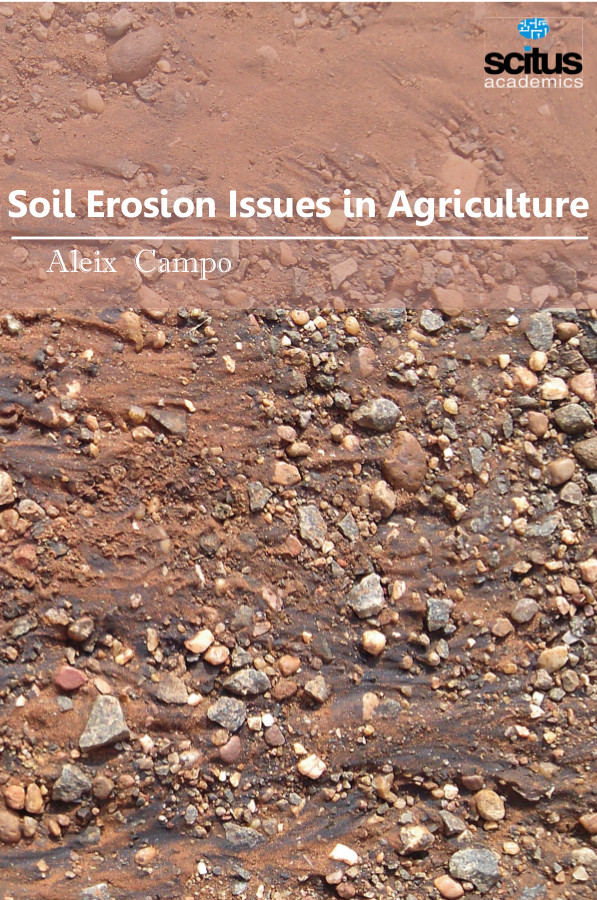Soil is the earth’s fragile skin that anchors all life on Earth. It is comprised of countless species that create a dynamic and complex ecosystem and is among the most precious resources to humans. Increased demand for agriculture commodities generates incentives to convert forests and grasslands to farm fields and pastures. The transition to agriculture from natural vegetation often cannot hold onto the soil and many of these plants, such as coffee, cotton, palm oil, soybean and wheat, can actually increase soil erosion beyond the soil’s ability to maintain it. Soil erosion is a gradual process that occurs when the impact of water or wind detaches and removes soil particles, causing the soil to deteriorate. Soil deterioration and low water quality due to erosion and surface runoff have become severe problems worldwide. The problem may become so severe that the land can no longer be cultivated and must be abandoned. Many agricultural civilizations have declined due to land and natural resource mismanagement, and the history of such civilizations is a good reminder to protect our natural resources. Erosion is a serious problem for productive agricultural land and for water quality concerns. Soil Erosion Issues in Agriculture deals with several aspects of soil erosion, focusing on its connection with the agricultural world.
Controlling the sediment must be an integral part of any soil management system to improve water and soil quality. Eroded topsoil can be transported by wind or water into streams and other waterways. The effects of soil erosion go beyond the loss of fertile land. It has led to increased pollution and sedimentation in streams and rivers, clogging these waterways and causing declines in fish and other species. And degraded lands are also often less able to hold onto water, which can worsen flooding. Sustainable land use can help to reduce the impacts of agriculture and livestock, preventing soil degradation and erosion and the loss of valuable land to desertification.













